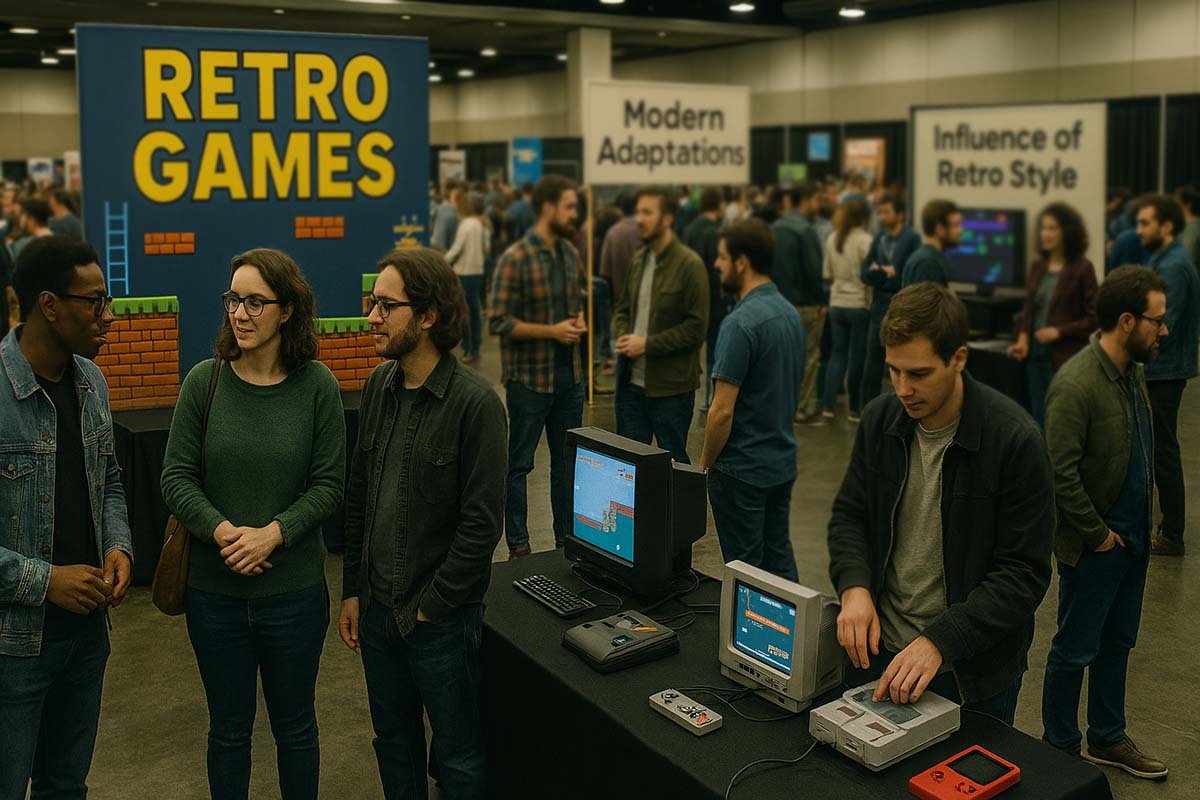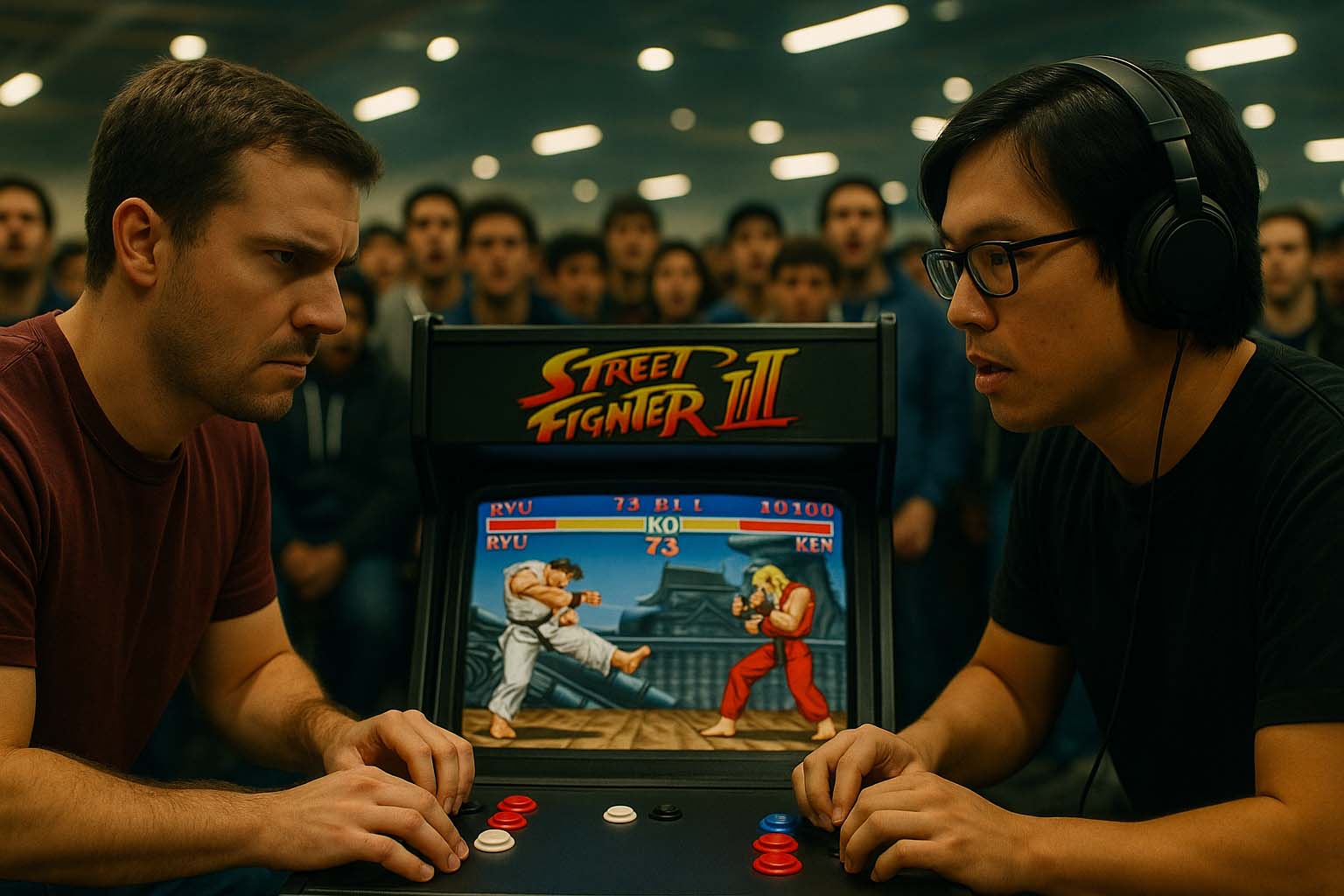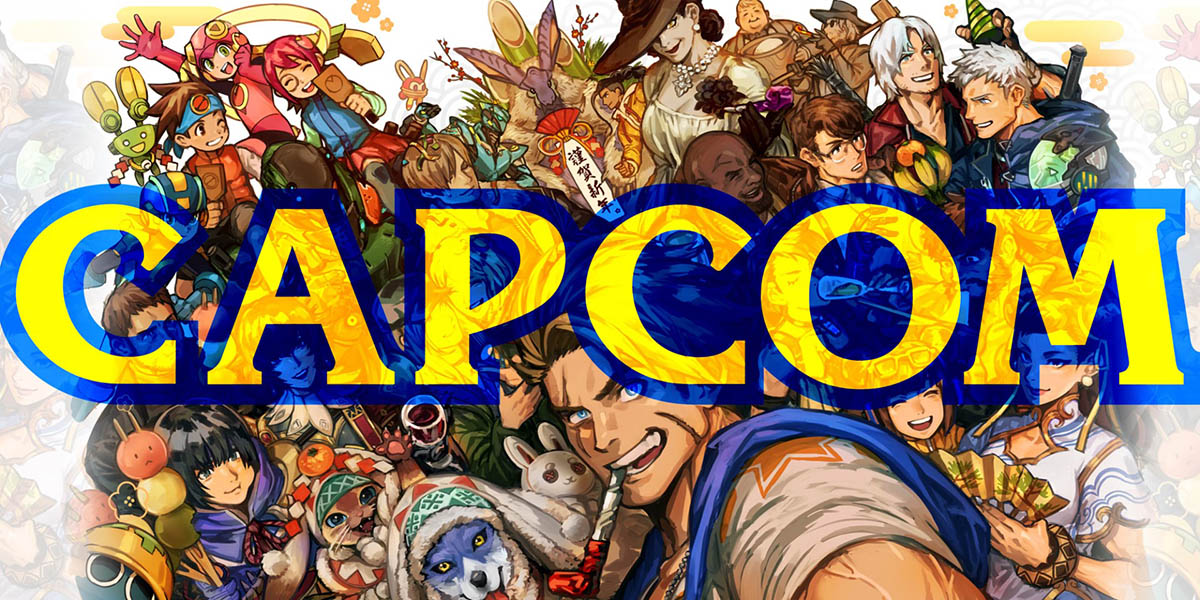Why Retro Games Still Matter Today
Looking back at old video games isn’t just about reminiscing. For many creators, social media users, and even companies, retro games remain a powerful influence in shaping modern experiences. What was once considered “simple fun” is now part of a much larger global culture that blends past styles with present-day technology. Younger generations are being introduced to games their parents played, while others are rediscovering titles that made waves around the world. This blend of old and new brings something refreshing, teaching us why early video games still carry weight.
Quick Look at the Main Ideas
- Retro games provide more than nostalgia—they inspire creativity and modern game development.
- Many classic mechanics serve as the base for new titles seen across the globe.
- Old visual styles from the 1980s and 1990s continue to influence art design and gameplay structure.
Reaching Back to Move Forward
Video game culture started with arcade machines and family consoles. In those early days, few imagined how much gaming would evolve. From pixel characters to modern designs, the industry grew beyond expectations. Global communities formed around these titles, and many still support them today.
Modern developers often return to retro-style themes for a reason. Simple mechanics remain appealing because they’re easy to learn. The visual charm of pixel art grabs attention. Best of all, these games don’t limit enjoyment based on age. Even players who never owned early consoles find joy in these designs.
With limited resources back then, developers focused on giving players a strong overall experience. They couldn’t rely on fancy features. Instead, they built solid game systems with lasting appeal.
The Emotional Pull Across Borders
Retro games stir up strong emotions for people everywhere. Seeing an old console often brings back warm memories—family time, friendly battles, shared laughter. It reminds players of simpler days with fewer distractions.
Around the world, many streamers and content creators now play classic titles on their channels. It helps younger fans understand where their favorite genres began. Retro games become more than entertainment; they teach history, revealing how far gaming has come—from 8-bit worlds to modern open environments.
Online groups and international events keep these memories alive. There are concerts dedicated to classic game soundtracks, and competitions that spotlight vintage challenges. Through these, fans from different backgrounds find common ground. The lasting presence of these games shows that their stories and styles are still celebrated.
Blending Timeless Styles with Modern Tools
Today’s indie developers often combine old-school visuals with new technology. They might use low-res graphics for a retro vibe, but include smoother effects and controls. This mix creates something fresh. Young gamers get a taste of the past, while longtime fans enjoy a wave of nostalgia.
Here are a few common features in games that blend classic and current styles:
- Pixel Art: Characters and settings built from simple blocks, yet full of personality.
- Game-Focused Stories: Many titles keep short cutscenes and center more on gameplay, much like earlier games did.
- Retro Music: Soundtracks that echo 8-bit or 16-bit tones continue to create lasting impressions.
- Minimal Hints: Modern games sometimes challenge players by limiting guidance—just like in the old days.
Games that combine these elements often offer a familiar but polished feel. It’s a way to honor the past while staying relevant.
Then vs. Now: Big Shifts in Context
There’s a clear difference between what developers had before and what they have today. In the past, memory space was tiny, and tools were limited. Developers had no choice but to be clever with game mechanics and design.
Modern tools allow high-definition visuals, deep storylines, and online features. Yet, many indie games still follow classic patterns—limited lives, tough challenges, and simpler layouts. Why? Because these methods continue to satisfy players. Familiar gameplay loops create unique tension and reward. The old ways still have value.
Global Events and Shared Passions
Across the world, more festivals, tournaments, and exhibits now focus on older software and hardware. Fans compete in speedruns, dress up as vintage characters, or join group plays. Thanks to online platforms, everyone can take part, no matter the location.
Some gatherings also feature expert panels that explain how retro titles were built. Listeners learn how early developers worked within tight limits to create lasting classics. These talks cover marketing, development, and long-term cultural impact. It highlights the creativity behind the early days and how it shaped the industry we see now.
Why Young Players Care Too
It’s not just older fans who are drawn to retro content. Teens and young adults also enjoy these games, even if they never held a cartridge. Emulator apps and video walkthroughs bring these classics to their screens.
Many get interested after seeing influencers play old titles. They pick up tricks, hear origin stories, and dive deeper into game history. This helps bridge the gap between generations, uniting fans through shared curiosity and joy.
Role in the Global Market
Retro titles still sell, both in digital form and as physical collections. Some are re-released with slight upgrades for today’s consoles. Others are sold exactly as they were, sparking joy among collectors and casual fans alike.
Special cartridges, boxed sets, and merchandise remain in high demand. Some items even reach high resale prices due to their emotional value. This opens up new income for original creators and publishers.
On another note, several modern games mimic retro styles while upgrading certain features. Developers take simple mechanics and add smoother controls or updated interfaces. This shows how older design ideas still help shape fresh experiences.
Creative Teams Across Borders
Many retro-style projects now involve teams from different countries. Artists, coders, and designers meet online and collaborate to create classic-inspired content. They share a goal: to bring back the feel of earlier games while adding new ideas.
Crowdfunding also plays a major role. Backers from around the world support games with old-school themes. Once a project gets funded, it grows with community feedback. As a result, modern releases carry both vintage flair and community influence.
Keeping the Spirit Alive
Retro games remain important for fans, creators, and scholars. Simple controls and creative stories push developers to revisit the basics. Old titles even inspire films, animated shows, and more—reaching new audiences and broadening cultural appeal.
Many game developers continue using pixel-based mechanics today. Even with powerful tech, the charm of early concepts keeps popping up in new releases. Classic titles shaped what’s now common in mobile gaming, eSports, and educational tools. Their legacy stretches far beyond the console.
Fresh Ideas from Classic Roots
Modern hardware now supports creative takes on retro styles. Developers can design huge open maps using 2D art, add online co-op, or launch mobile games with an old-school vibe. The result? New experiences with a traditional touch.
Mobile gamers, especially, are discovering the appeal of pixel designs and turn-based formats. What started decades ago finds fresh life in smartphones and tablets. This marks a new chapter for classic genres, from side-scrollers to turn-based adventures.
Where Art Meets Code
One of retro gaming’s greatest strengths lies in its blend of art and technology. Despite their limits, early creators made lively worlds with care and detail. Each pixel mattered.
That careful process still inspires today’s artists. Pixel graphics aren’t just shortcuts—they’re crafted with precision. Around the globe, artists now trade ideas shaped by old Japanese, Western, and hybrid styles. These shared interests help grow the game industry while keeping its cultural depth.
Preserving What Came Before
Efforts to preserve retro gaming continue to expand. Museums and private groups work hard to archive old games and hardware. This protects history for future players and researchers.
Some events showcase these original devices—complete with early controllers and visuals. Kids raised on HD graphics get a glimpse of how gaming started. It’s both educational and meaningful, offering insight into early software design and its influence on modern development.
Business Growth Through Memories
Retro games have also created business opportunities. From reprinted games to fashion collections, their reach is wide. T-shirts, sneakers, and gear with old characters are still in style. Some companies even partner with designers to produce limited-edition wearables.
Digital storefronts make it easy to buy these games again. There are also mini consoles packed with pre-installed hits, offering a simple way to revisit classic fun. These make retro games more accessible, no matter your age or country.
Sharing the Knowledge
Interest in retro doesn’t end at the controller. Books, films, and podcasts now dive into gaming’s past. These explore social issues, global tech growth, and cross-cultural moments in history.
In universities, researchers examine how early gaming shaped modern tech and habits. Retro game concepts even help teach programming and design in classrooms. These lessons keep the academic world engaged and inspired.
Moving Forward with the Past
Retro gaming isn’t fading away—it’s expanding. More and more developers are finding ways to build on its foundation. On platforms everywhere, 2D sprites, chiptune music, and classic gameplay continue to shine.
Old games focused on skill, timing, and pattern memory. That kind of challenge still appeals today, offering something different from story-heavy adventures. It adds depth to how we think about fun, growth, and reward.
Honoring Our Shared Heritage
The past holds great value for the present. Retro games show us that simplicity can still bring joy. Whether you’re a casual fan, a researcher, or someone using games in health work, there’s room for these timeless titles.
They connect people across borders and generations. Their lasting charm proves that even small pixels can light up the path toward a richer future.


